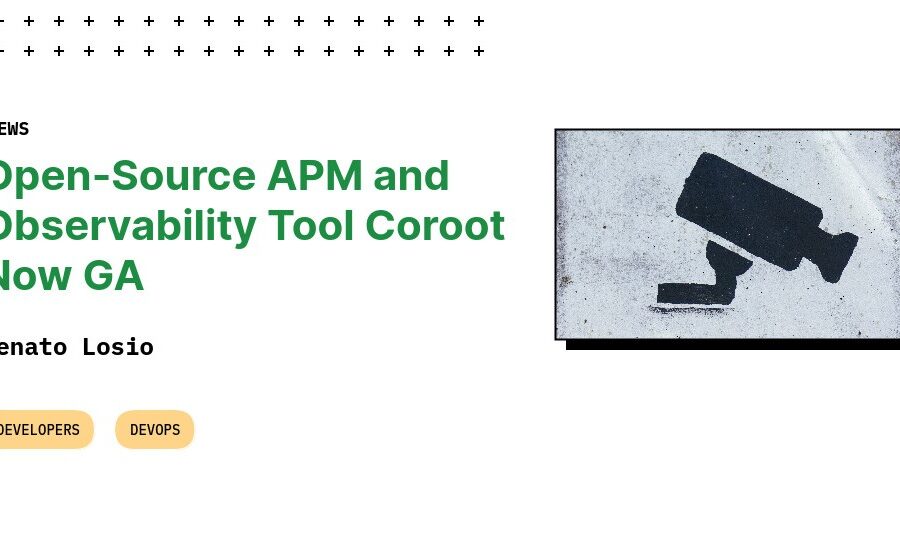
Coroot Now GA, Open Observability Made Easy
Tired of complex, expensive application performance monitoring (APM) tools? Look no further than Coroot, a powerful open-source observability platform that just went generally available (GA). Built for Simplicity and Efficiency Coroot stands out with its focus on ease of use and comprehensive monitoring. Here’s what makes it a compelling choice: Beyond Kubernetes: Monitoring Made Easy…
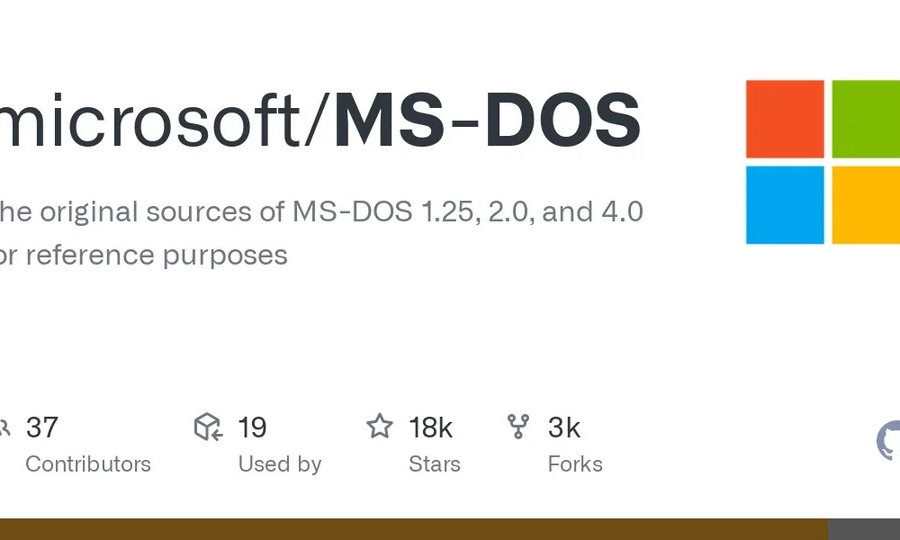
MS-DOS 4.0 Source Code Now Open Sourced on GitHub!
Calling all tech fans! Let’s take a trip down memory lane. Microsoft just released the source code for MS-DOS versions 1.25, 2.0, and 4.0 on GitHub. What is MS-DOS? Remember those old text-based computer screens? MS-DOS, the Microsoft Disk Operating System, was the king back then. It let you run programs, manage files, and basically…

Unlocking the Power of Apache Kafka: Experts Thoughts
Delving into Apache Kafka’s distributed architecture and intricate concepts can be daunting. From grasping its core components like brokers, topics, and partitions to navigating data streaming and event processing, the learning curve may seem steep, especially for beginners. Managing Kafka clusters demands familiarity with diverse tools and configurations, while troubleshooting complexities can pose hurdles without…

Guide to Containers and Kubernetes for Enterprise Leaders
Containers and Kubernetes are becoming increasingly important for building cloud-native applications and enabling multi-cloud deployments. This blog post answers the most common questions that CTOs and technology leaders have about these technologies. Benefits and Challenges Key Findings Recommendations Top 10 FAQs with Answers 1) What are some of the key benefits of containers and Kubernetes?…
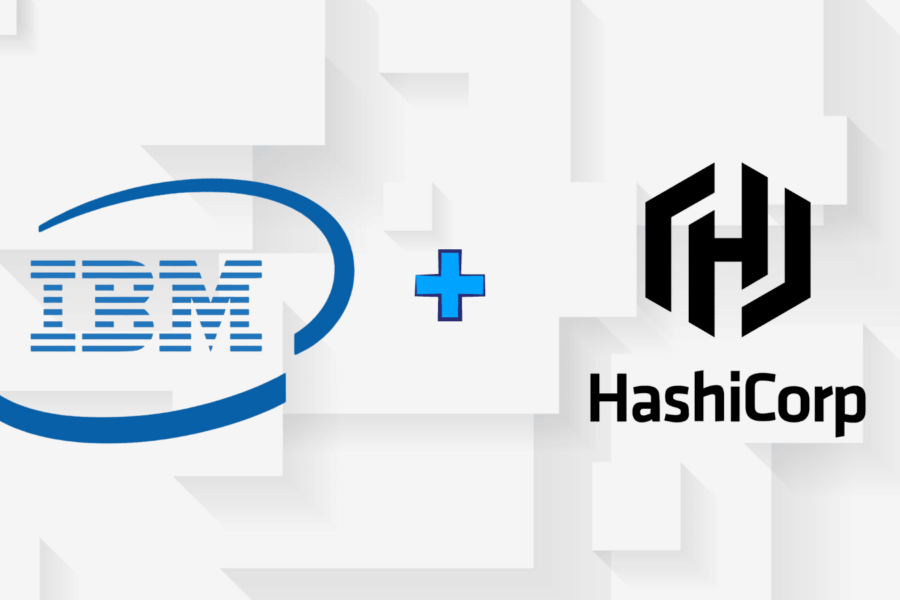
IBM Goes Big on Cloud with $6.4 B HashiCorp Acquisition
Big Blue Doubles Down on Cloud with Major Acquisition In a move that sent ripples through the tech world, tech giant IBM (NYSE: IBM) announced its acquisition of HashiCorp (NASDAQ: HCP) for a staggering $6.4 billion. This strategic purchase, finalized on April 24th, 2024, marks IBM’s commitment to expanding its cloud-based software offerings and capitalizing…
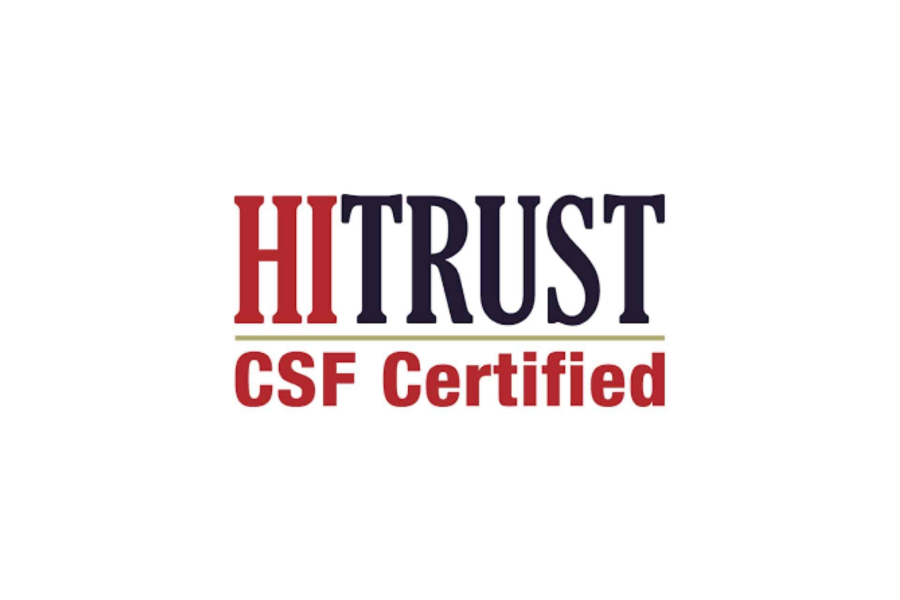
HITRUST 2024 Update: Stronger Security, Simpler Compliance
HITRUST, a leader in information security and compliance, recently announced a significant update to its renowned framework. Version 11.3.0 of the HITRUST Framework (HITRUST CSF®) bolsters its position as a comprehensive and up-to-date solution for organizations navigating today’s complex cybersecurity landscape. What is the HITRUST Framework? The HITRUST Framework stands as a robust, scalable, and…
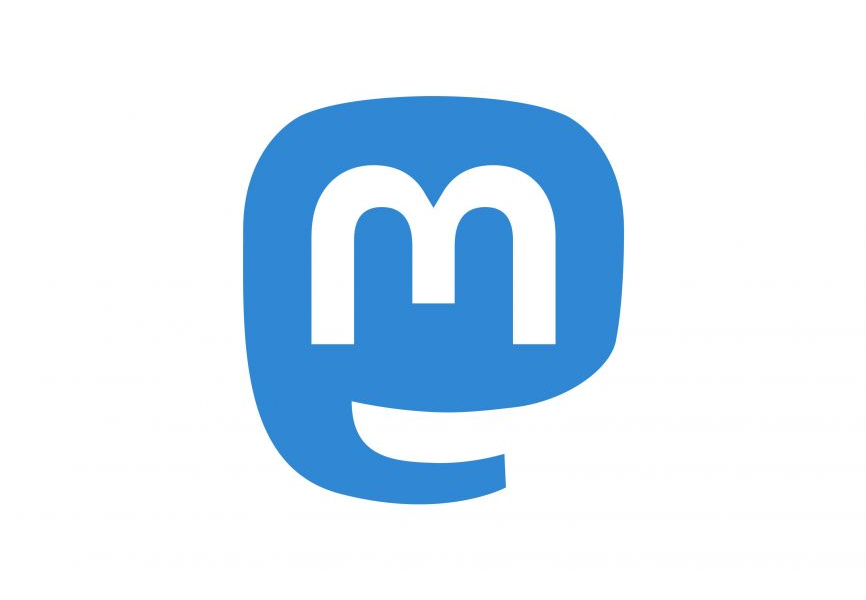
Mastodon: A Twitter Alternative
Are you tired of the drama and limitations of Twitter? If so, you might be interested in Mastodon, a free, open-source social media platform that’s gaining popularity. What is Mastodon? Think of Mastodon as a Twitter alternative built on a network of independent servers. Unlike Twitter’s centralized model, Mastodon gives users more control and flexibility….
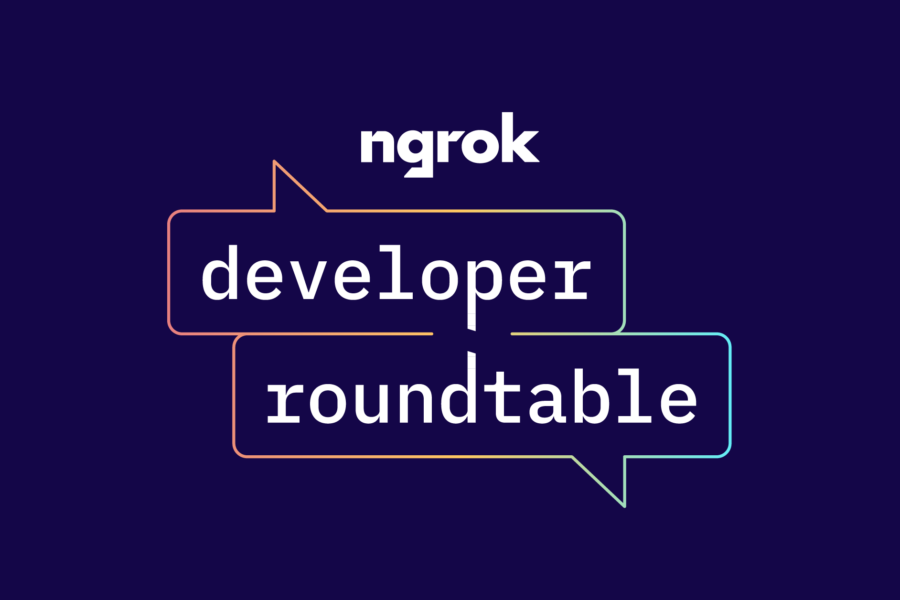
Ngrok Dev Roundtable: Kubernetes Operator Update & Live Demo
Calling all developers! Join the next Developer Roundtable on Tuesday, April 30th, 2024, at 10:00 AM PT. It’s your chance to connect with the ngrok community, explore the platform’s latest features, and get expert insights directly from the team. Here’s what awaits you: Don’t miss this opportunity! Register now and unlock the full potential of…

Optimize Your AKS Workloads Today! Free Webinar
Master AKS, boost developer productivity and save costs. This free, 90-minute virtual workshop on April 10th dives into using Spot by NetApp and Pulumi to optimize your Azure Kubernetes Service (AKS) workloads. What You’ll Get: Register Now Date: April 10, 2024 Time: 9:45 PM GMT+5:45Duration: 90 minutes Don’t miss out! Take your AKS environment to…

Backstage Kubernetes: Simplifying Service Management for Developers
For developers deploying on Kubernetes, managing services across multiple clusters can be a tangled mess. Backstage Kubernetes cuts through the complexity, offering a centralized hub for everything related to your services. Consolidate and Conquer Backstage Kubernetes goes beyond being a standalone monitoring tool. It integrates seamlessly with Backstage’s core service catalog, creating a unified platform…
